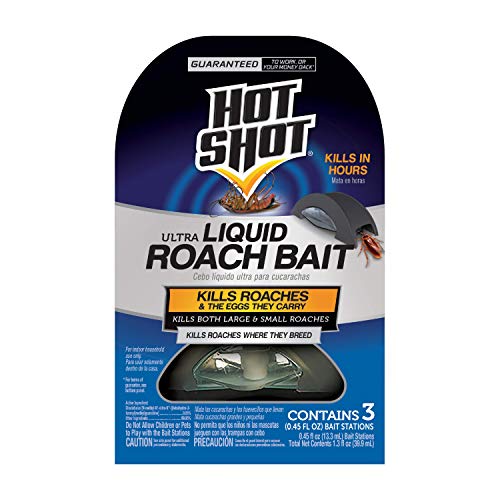Cockroach vs. waterbug – how to spot the difference and why it matters for pest control success
Identify which one you're dealing with before deploying any pest control


If you ever spot a fast-moving, large brown insect in your home, would you be able to tell the difference between a cockroach vs. waterbug?
With similar appearances, they are often confused for one another, but identifying exactly which one you’re dealing with is the first crucial step toward effective pest control. Misidentifying a cockroach as a waterbug (or vice versa) can lead to wasted time, money, and a continued infestation.
Identifying and knowing how to get rid of cockroaches is one thing, but dealing with waterbugs presents a variety of challenges. In this guide, we’ll walk you through five key differences between cockroaches and waterbugs so you can act immediately with confidence.
The 5 crucial differences between a cockroach vs. waterbug
1. Appearance
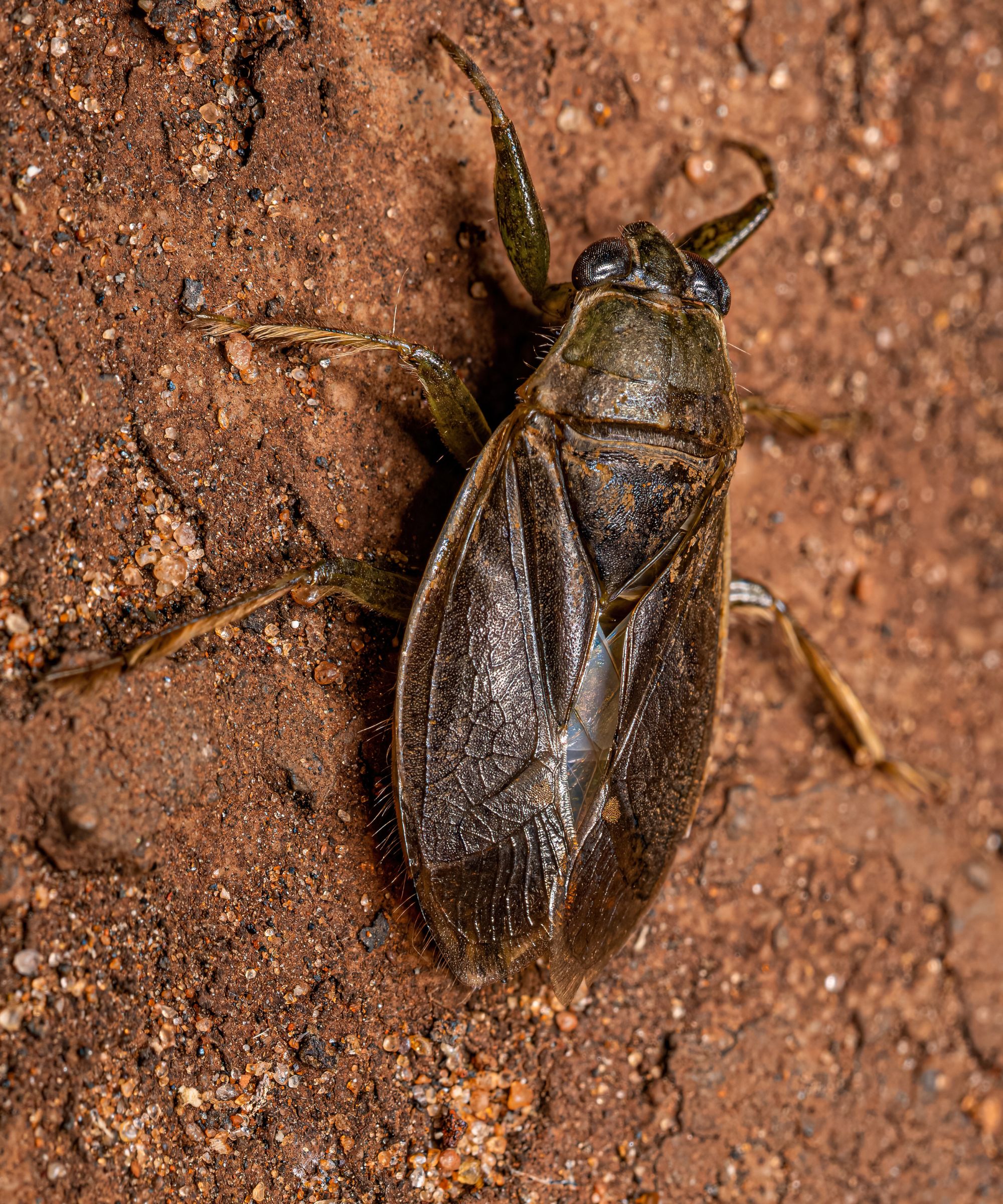
Waterbug
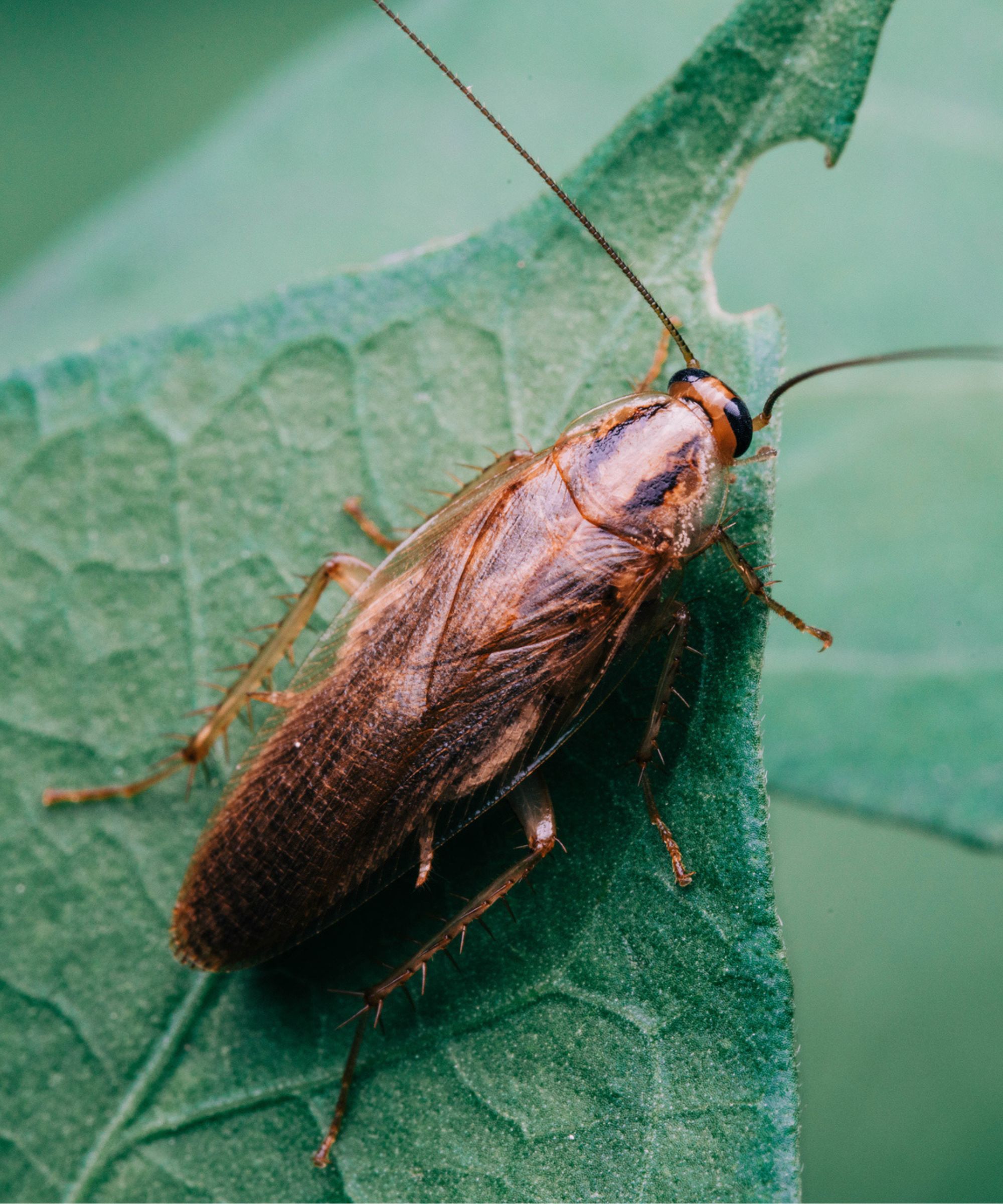
Cockroach
'At first glance, cockroaches and waterbugs may seem indistinguishable, especially in the dim lighting where they're often found,' says John Target, owner of Target Pest Control. 'However, if you can get a closer look, their physical differences are telling.
'Cockroaches, particularly the common German and American varieties, are generally reddish-brown with flat, with oval-shaped bodies and long antennae. They usually range from 1/2 inch to 2 inches in length.'
Use the slider above to view the physical difference between a cockroach vs. waterbug.
'Waterbugs, on the other hand, are typically larger — up to 4 inches long — and have a darker, more glossy brown or black appearance,' John continues.
Design expertise in your inbox – from inspiring decorating ideas and beautiful celebrity homes to practical gardening advice and shopping round-ups.
‘They belong to a completely different family of insects (Belostomatidae) and are actually aquatic, which plays a role in their bulkier, more robust appearance. Their front legs are adapted for grabbing prey, and they tend to have a more beetle-like shape than cockroaches.'
2. Habitat
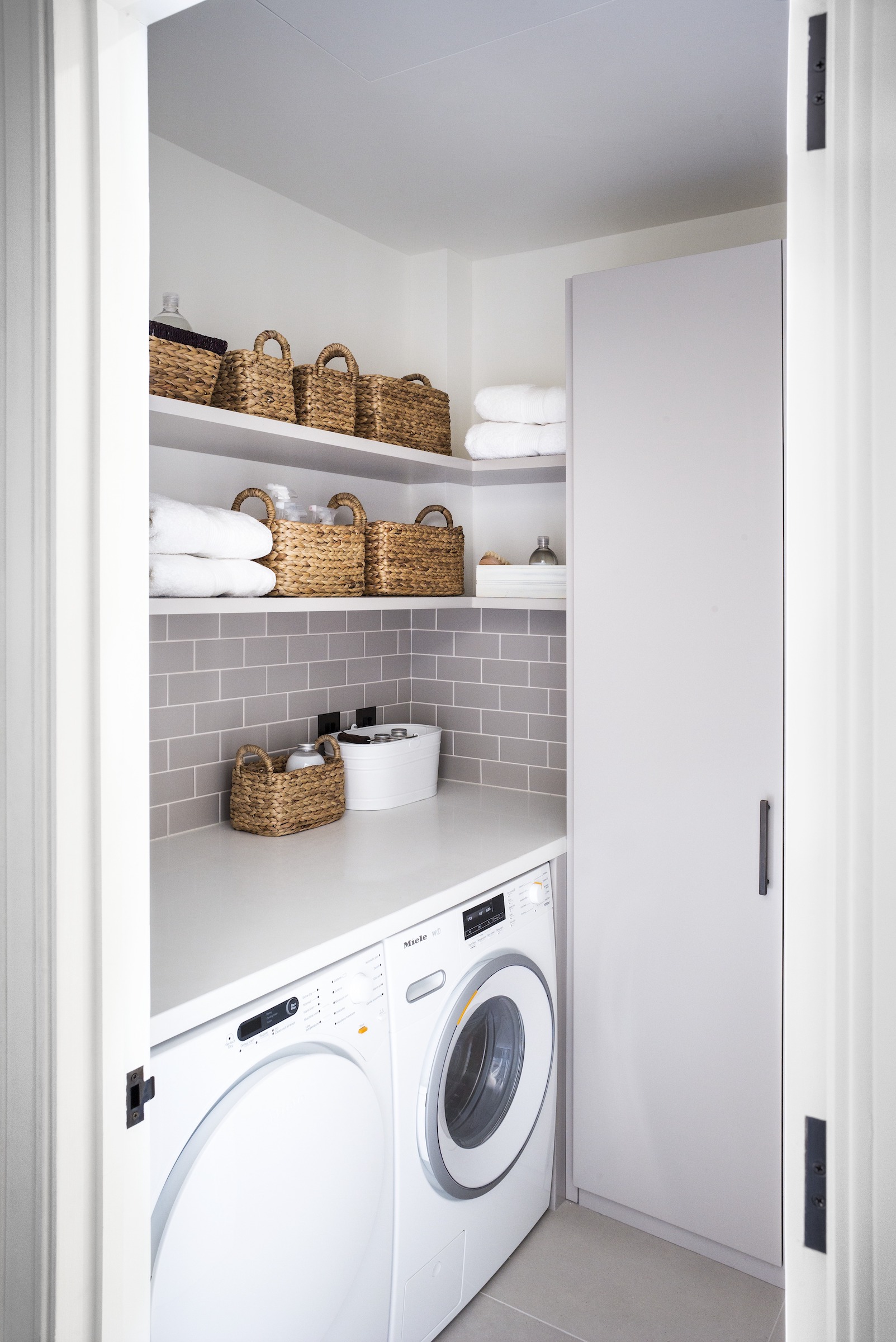
Damp or humid parts of the homes such as laundry or utility rooms, as well as kitchens and bathrooms are a prime pest hot spot.
Where you find the insect is one of the easiest ways to identify indoor pests. Cockroaches thrive in warm, humid indoor environments where they can find plenty of food and water.
Kitchens, bathrooms, basements, laundry rooms, and utility closets are all prime spots for these pests to hide, and scavenge. They’re especially active at night, when the house is quiet and dark. They're also opportunistic, hitching a ride into your home on packages or through open doors and windows.
Conversely, and unlike the similarities between a bed bug vs. cockroach, water bugs prefer freshwater environments like ponds, lakes, and streams.
According to John, they are not indoor pests by nature and do not seek out human habitation. However, they may enter homes accidentally through open doors, windows, or vents, especially if your property is near a water source or has drainage issues.
Their presence indoors is usually incidental rather than indicative of a larger infestation.
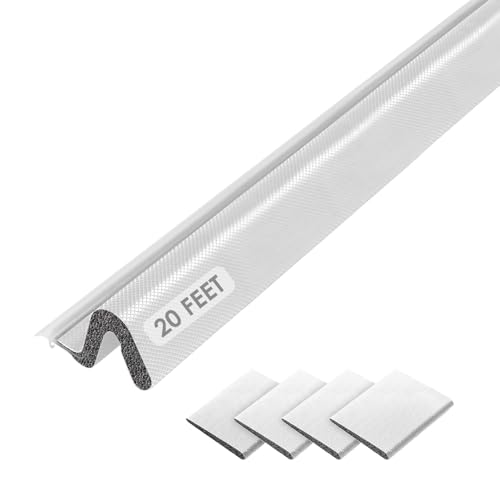
This white door seal is ideal for reducing drafts but also restricting the space underneath doors for pests to crawl under. The thick seals are made from a dark gray foam core that completely blocks light penetrating around the door frame, deterring unwanted inhabitants.
3. Behavior

Waterbugs are not shy like cockroaches, can come up through shower drains and may bite if threatened
Behaviorally, cockroaches and waterbugs couldn’t be more different. Cockroaches are shy, nocturnal creatures and scatter quickly when exposed to light or movement.
'Cockroaches avoid human contact, hide during the day, and are excellent at squeezing into tight cracks and crevices to avoid detection,' says Matt Smith, pest control expert at Green Pest Management. 'Their goal is survival, which means staying hidden and feeding on crumbs, grease, cardboard, and just about anything else organic.'
'Waterbugs are far bolder. As predators in their natural environment, they feed on other insects, small fish, and even tadpoles,' continues Matt. 'If threatened, waterbugs can deliver a painful bite – a rare trait among household pests.'
They tend to move slower than cockroaches, are not as afraid of open spaces, and actually one of the few pests that can come up through your drain pipes. If you encounter an insect that seems unbothered by your presence or doesn’t scatter quickly, it’s more likely to be a waterbug than a cockroach.
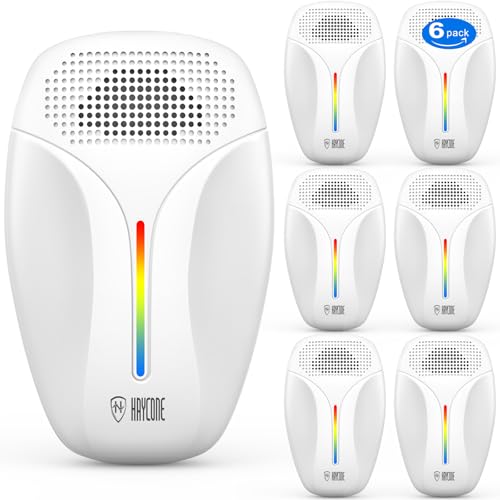
This ultrasonic insect repeller is an eco-friendly alternative to harmful and dangerous chemicals, poisons and traps, with no unpleasant odors. Intelligent frequency conversion covering a frequency range of 20KHZ-60KHZ, can more effectively deal with various types of pests and keep your family away from pest infestation.
4. Health risks
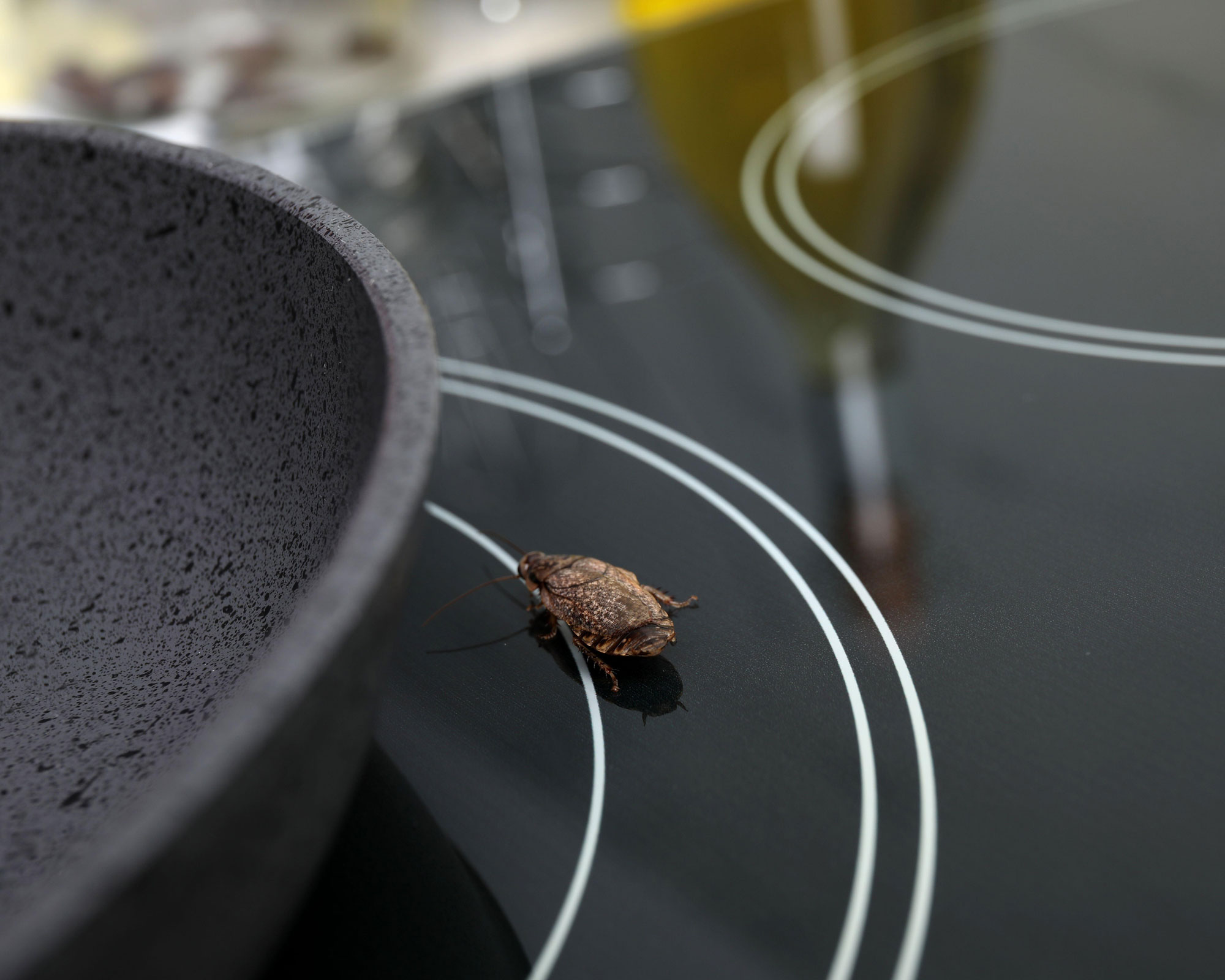
The presence of cockroaches in the home is more than just unpleasant, it can be dangerous. Cockroaches are known to spread a range of bacteria, including Salmonella, E. coli, and Listeria. These bacteria can contaminate surfaces and food, posing serious health risks.
‘Waterbugs, on the other hand, are not considered significant carriers of disease. While their bite can be painful, they do not infest kitchens or contaminate food supplies in the same way,’ says Matt. ‘Their health threat is negligible compared to that of cockroaches. If you see signs of widespread contamination, such as droppings or egg casings, it’s almost certainly a sign of cockroaches.’
5. Pest control approaches needed for each
Effective pest control starts with proper identification. Cockroach infestations often require a comprehensive approach that includes sealing cracks and crevices, setting baits and traps, and possibly using insecticides. Larger or persistent infestations are a sign it's time to call pest control services to eradicate them completely and prevent future outbreaks.
For waterbugs, pest control typically involves prevention rather than extermination. Since they don’t breed indoors, the focus should be on keeping them out in the first place.
That means ensuring doors and windows are sealed, fixing any leaky pipes or standing water issues, and minimizing lighting near entryways, which can attract them. A lone waterbug indoors doesn’t necessarily require an exterminator, but it could indicate a larger moisture problem that should be investigated.
You can set up sticky traps, available at Amazon to capture rogue waterbugs in your home.
Meet the experts

With more than 18 years of hands-on experience in pest management, John Target is the owner and lead technician at Target Pest Control, bringing expert knowledge of insect behaviour and long-term prevention techniques.

Matt has been working in the pest control industry for over 14 years, after starting Green Pest Management, a Delaware-based pest control company, nine years ago. With his background and experience he is knowledgeable about a variety of pests, pest activity, and ways of dealing with infestations.
While cockroaches and waterbugs may share some superficial traits, the differences between them are clear once you know what to look for. Using critical identifiers can help homeowners take the right action quickly and avoid common pest control mistakes.

Seraphina is a contributing editor at Homes & Gardens, writing Solved features on organizing and storage. She loves to decorate and also grow her own produce from her home in London. Her previous experience includes working at Women's Health and Fabulous Magazine.
You must confirm your public display name before commenting
Please logout and then login again, you will then be prompted to enter your display name.
